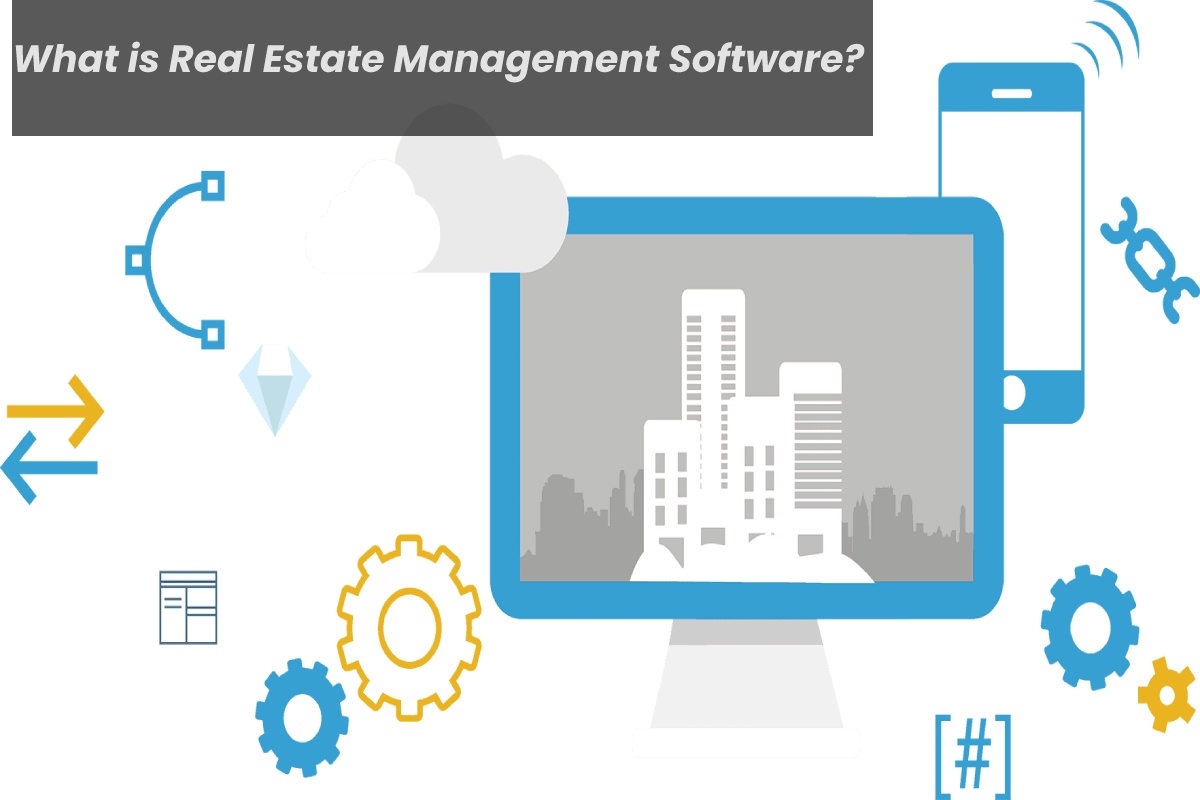Table of Contents
Email Marketing Tips
There are many various strategies you can choose from to generate brand leads or drive sales conversion management. You must know your goals, who you are targeting, your ideal customer, follower, and business partner. You don’t know upfront which communication channels to choose to get the most out of your campaign.
Try a free demo
Word of mouth can work for a small local business, but you need to reach out to people who are not aware of your presence in the market when it comes to marketing.
There’s one thing every marketer should know: While not all of your potential customers are on social media or avid blog readers, virtually all of them regularly use their email. Also, for B2B, email is still the best and most effective communication channel for exchanging data. Therefore, email marketing can always be profitable and useful if you know what you are doing and tailor your strategy to your audience.
Here are some email marketing tips that I hope will help my colleagues when doing B2B marketing. But first, let’s discuss the concept.
What is B2B Marketing?
Business-to-business marketing or B2B marketing, as it is commonly known, involves selling the products of one business to other businesses by meeting their needs. To better comprehend this concept, let’s say you have a textile company. To reach your customers, you must contact them and, at the same time, promote your valuable and professional business.
Who are your clients? You can sell the raw materials directly, in your shop, or other stores, and I am sure there are enough enthusiasts who prefer to buy raw materials and tailor their clothes. However, you will trade more if you market your business to other companies that depend on its products. For example, you can market your products to specialized companies with finished products from your raw materials.
Why Should All Businesses Create a Viable B2B Email Marketing Strategy?
According to your report, no less than 72% of B2B buyers are willing to share helpful content through email. It means that your emails are not static and do not end up in a spam folder. If people in your target audience receive them, there is a good chance that they will share your content via email with others in your “social group.” In other words, your emails will get forwarded; it is something similar to what you share on a social network.
For every dollar used upon an email marketing campaign, you get a return on investment of $ 44. It is a huge number, considering that other traditional marketing platforms cannot offer such numbers. For example, influencer marketers pay no more than $ 6.5 for every dollar spent, a rate almost seven times less than what we can achieve with a successful email marketing campaign. However, this does not mean that you should forget about all other types of marketing and branding. It means that email marketing should not get neglected. It is useful, and as we will see in this article, it is easy to implement.















